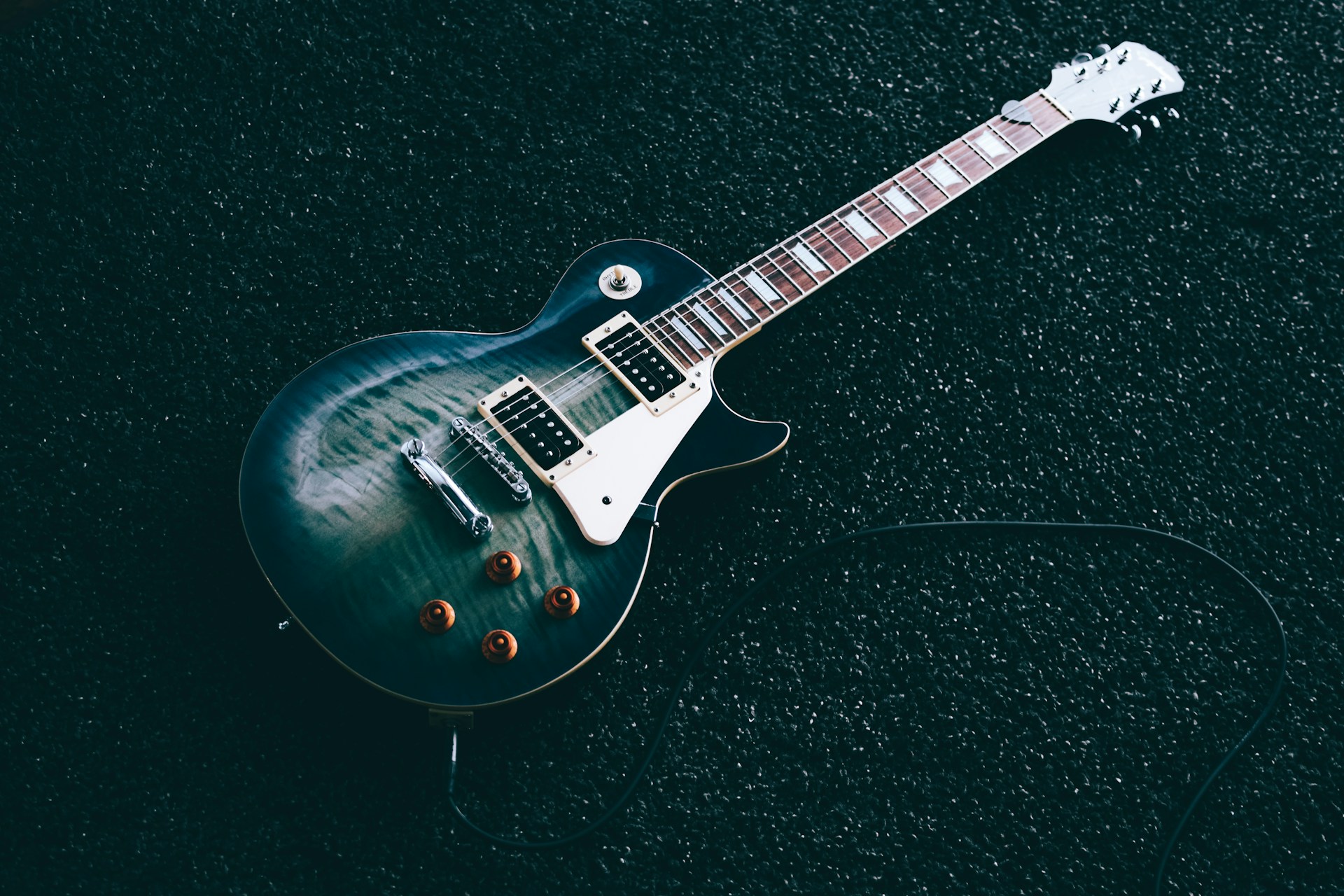
Introduction
Choosing your first electric guitar or even replacing an old one can be a daunting task, especially if you’re not familiar with the technical details and nuances that make all the difference. With hundreds of models available on the market, it’s essential to know what criteria to consider to find the instrument that suits your needs, playing style, and budget. In this article, we’ll explore the key elements to consider when choosing the perfect electric guitar.
1. Understanding the Different Types of Electric Guitars
There are several types of electric guitars, each with specific characteristics that affect sound, playing comfort, and aesthetics. Here are the main categories:
a) Solid Body Guitars:
Solid body guitars, like the famous Fender Stratocaster or Gibson Les Paul, are the most common. They are made from a solid block of wood, which gives them a clear sound and better resistance to feedback. These guitars are versatile and suitable for a wide variety of musical styles, ranging from rock to blues, and even jazz.
b) Semi-Hollow Guitars:
Semi-hollow guitars have a partially hollowed-out body, giving them a warmer and more resonant sound, often favored by jazz and blues musicians. A famous example is the Gibson ES-335. These guitars are also lighter than solid body guitars, which can be an advantage for playing comfort.
c) Hollow Body Guitars:
Hollow body guitars, or fully hollow guitars, have entirely hollow bodies. They produce a rich and resonant sound, similar to an acoustic guitar, but with the ability to amplify it electrically. However, they are more sensitive to feedback, making them less suitable for high-volume music genres like hard rock or metal.
2. Choosing the Wood
The wood used to build an electric guitar greatly influences its sound and weight. Here are the most common types of wood:
a) Mahogany:
Mahogany is a dense and heavy wood, often used for solid body guitars like the Gibson Les Paul. It produces a warm sound with well-defined midrange frequencies, ideal for blues and rock.
b) Alder:
Alder is a lighter wood than mahogany and is commonly used for Fender guitars like the Stratocaster and Telecaster. It offers a balanced sound with clear highs and smooth lows, making it versatile.
c) Ash:
Ash is a relatively lightweight wood with visible grain and a clear, bright sound. It is often used for vintage-style guitars.
d) Maple:
Maple is commonly used for necks and sometimes for fretboards. It is known for its density, which allows for a bright sound with punchy highs. Maple necks are also renowned for their durability.
3. Pickup Configuration
Pickups play a crucial role in defining the sound of your electric guitar. There are two main types of pickups:
a) Single-Coil Pickups:
Single-coil pickups are known for their bright, clear, and precise sound. They are perfect for music styles like blues, classic rock, and funk. However, they are also more sensitive to electrical interference, which can cause a slight hum.
b) Humbucker Pickups:
Humbuckers are pickups that use two coils to eliminate background noise (hence the name). They produce a thicker, more powerful sound, making them ideal for hard rock, metal, and other genres requiring a more aggressive tone.
c) Mixed Configurations:
Some guitars combine both types of pickups, like the Fender HSS (Humbucker-Single-Single), offering great tonal versatility.
4. Comfort and Playability
Comfort is often an overlooked but essential aspect when choosing an electric guitar. Here are some elements to consider:
a) Neck Size and Shape:
Guitar necks vary in profile (C-shape, V-shape, or U-shape), thickness, and width. A thinner neck may be more comfortable for smaller hands, while a thicker neck may offer a better grip for larger hands. It’s important to try out different shapes to see which one suits you best.
b) Guitar Weight:
Guitars can vary significantly in weight depending on the wood and construction. A lighter guitar may be more comfortable for long playing sessions, but a heavier guitar may offer better resonance and longer sustain.
c) Access to Upper Frets:
If you often play solos or parts that require access to the upper frets, make sure the guitar allows easy access to these frets. Some guitars, like double cutaway models, offer easier access than others.
5. Budget
The price of electric guitars can vary greatly, ranging from a few hundred to several thousand dollars. Here are some tips for managing your budget:
a) Entry-Level Guitars:
If you’re a beginner, you can find good electric guitars at an affordable price. Brands like Squier, Epiphone, or Yamaha offer quality models at reasonable prices, perfect for beginners.
b) Mid-Range Guitars:
For those with a bit more experience or looking for a guitar with better finishes and a more refined sound, mid-range models from brands like Fender, Ibanez, or PRS are excellent choices.
c) High-End Guitars:
If you’re a professional musician or collector, investing in a high-end guitar may be an option. Brands like Gibson, Suhr, or Fender’s Custom Shop models offer exceptional build quality, premium materials, and unique sounds.
Conclusion
Choosing the right electric guitar is a personal process that depends on your musical tastes, playing style, and budget. By considering the different types of guitars, materials, pickup configurations, comfort, and budget, you’ll be able to find the instrument that will accompany you on your musical journey. Don’t forget to take your time, try different models in-store, and seek advice from experienced musicians to make an informed choice.